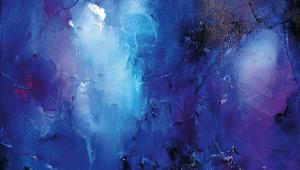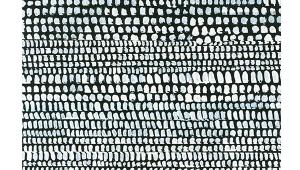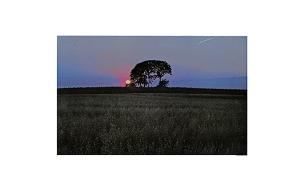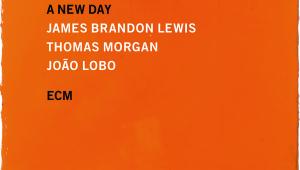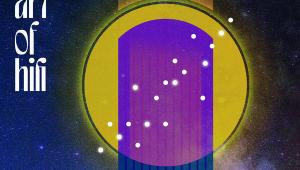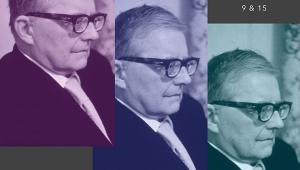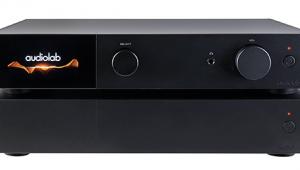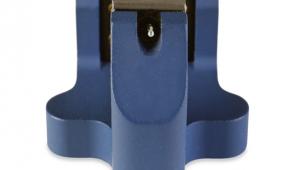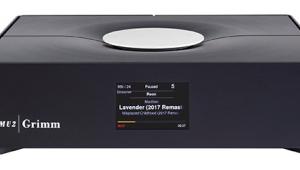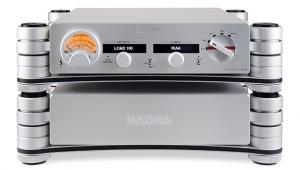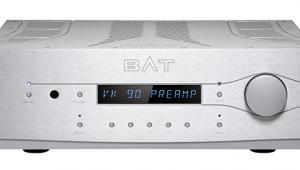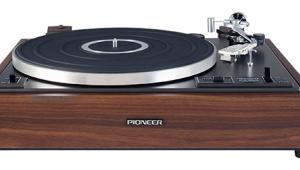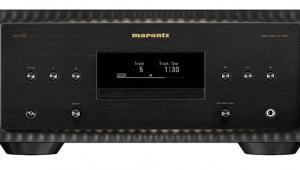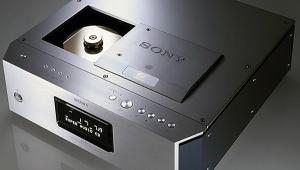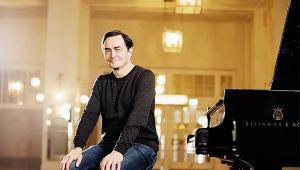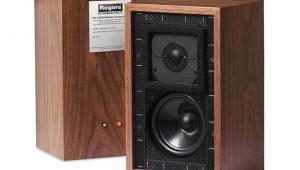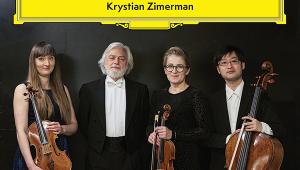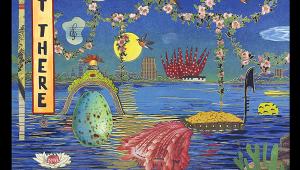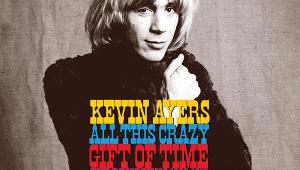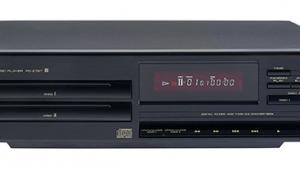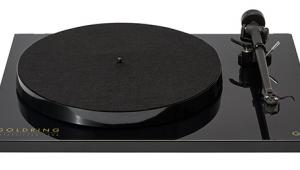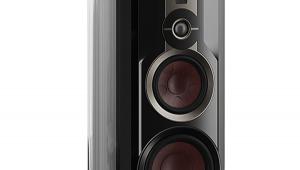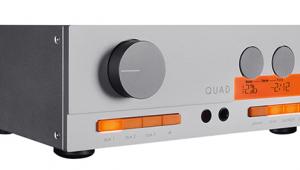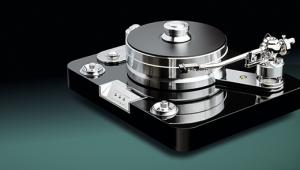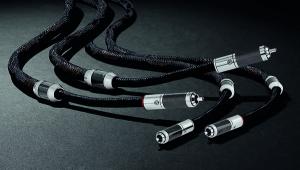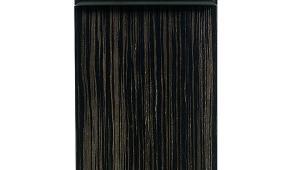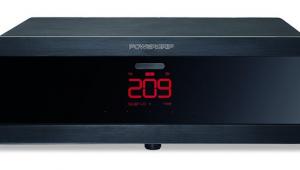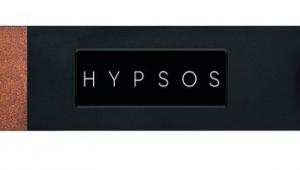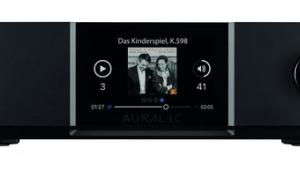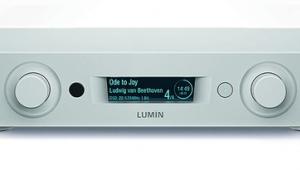Hi-Res Downloads, June 2025
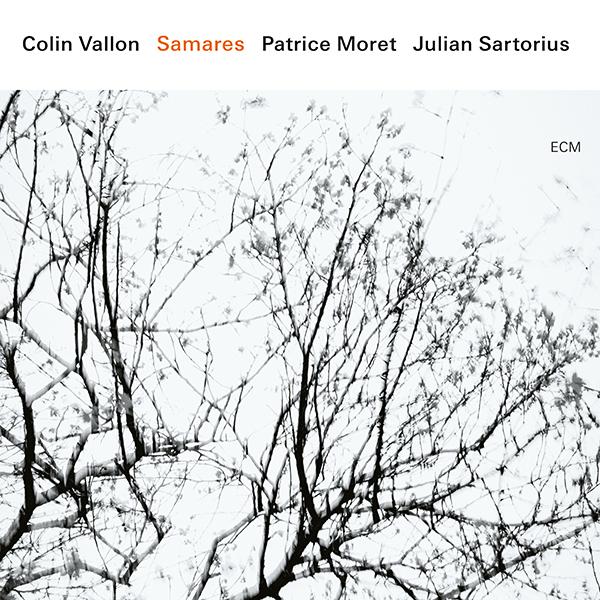

Colin Vallon, Patrice Moret, Julian Sartorius
Samares (96kHz/24-bit, WAV)
www.ecmrecords.com; ECM 2809
In the world of jazz, you don’t get much more basic than the piano trio, but here Swiss pianist/composer Colin Vallon teams with bassist Patrice Moret and Julian Sartorius on drums to release their first album since their 2017 ECM release, Danse, and explore some new avenues. For Samares Vallon employs electronics to alter the sound of his instrument, just as the interplay of the trio has become ever tighter and more intuitive with time, truly playing as one on this set.
Inspired by nature, Samares takes its name from the ‘winged’ fruit that spirals down from maple trees, while other tracks concern roots, brambles, twigs and the like. Opening gently, the album picks up the pace with the likes of “Timo”, named for one of Vallon’s sons, and the driving “Ronce”, while the clarity of Manfred Eicher’s production, recording at Lugano’s Auditorio Stelio Molo, is exemplary. AE
Sound Quality: 90%
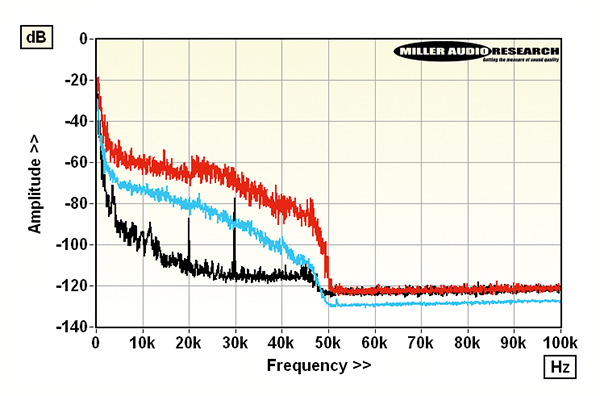
Lab Report
Piano, double bass and drums will not fill half the available ~48kHz bandwidth of this 96kHz file, but percussion occupies the ‘top end’. All peaks are safely below –1dBFs and dynamic range is excellent. Some spuriae, however [black trace]. PM
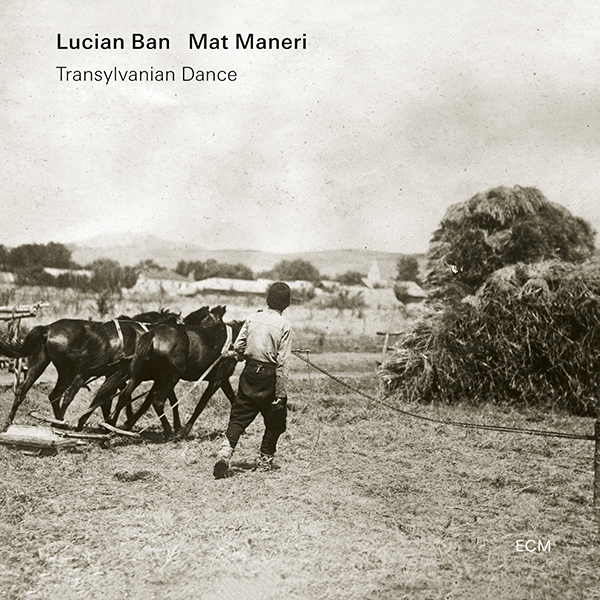
Lucian Ban & Mat Maneri
Transylvanian Dance (48kHz/24-bit, WAV)
www.ecmrecords.com; ECM 2824
Put aside thoughts of the most legendary denizen of Transylvania, as pianist Ban and viola player Maneri follow in the footsteps of composer Béla Bartók, who himself collected and transcribed Transylvanian folksongs more than a century ago. Recorded live in Timișoara, Romania, as part of the 2022 Retracing Bartók festival, this is the Romanian-born pianist and American violist’s second live recording for ECM, a decade after their Transylvanian Concert set, and here they take the found tunes and fashion improvisations around them. Sometimes wistful and longing, and then dancing and rhythmic, the fine textures of the simple instrumentation are given plenty of space to breathe by this typically superb ECM recording. This 48kHz file captures the timbres of the playing beautifully, and sets both Ban and Maneri in an entirely convincing soundstage. AE
Sound Quality: 90%
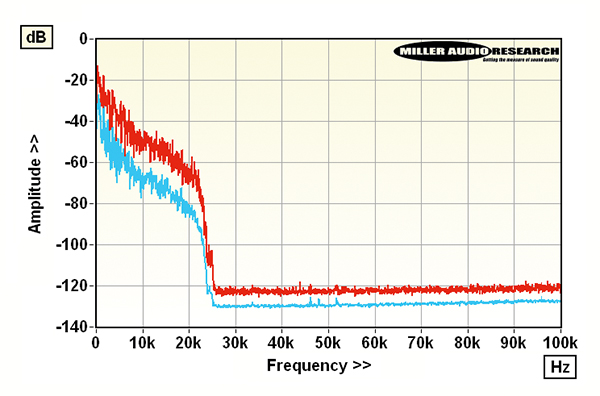
Lab Report
In contrast with the Samares recording [left], this 48kHz ECM file does not quite possess the bandwidth to fully capture the rosin-rich harmonics of the viola, but dynamic range is very wide and (natural) peaks range from –0.9dB to –5dBFs. PM
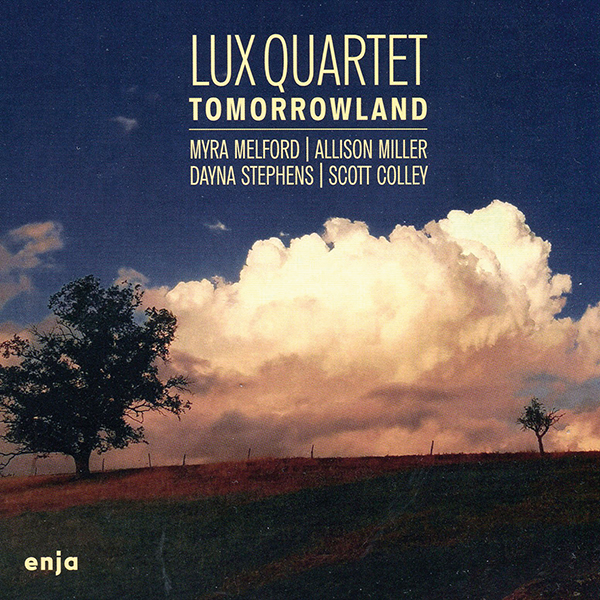
Lux Quartet
Tomorrowland (96kHz/24-bit, WAV)
www.enjarecords.com; Enja/Yellowbird, Enja 9845
Led by pianist Myra Melford and drummer Allison Miller, the newly formed Lux Quartet also involves Dayna Stephens on saxophones and bassist Scott Colley. Together they deliver a sound as complex and intriguing as it is straightforward and propulsive, with driving rhythms from piano and percussion underpinning their improvisations. There’s also that unmistakable sense of musicians firing off each other – so there’s as much listening going on here as there is playing. Stephens’ saxes are sometimes layered on top of each other, Melford’s piano is at times lyrical and percussive, and the contributions of Miller and Colley are as thoughtful as they are dramatic. Melford and Miller’s production, and Chris Allen’s mix of the sessions at New York’s Sear Sound, combine to create a very open and deeply insightful platform for all this fine musicianship. AE
Sound Quality: 85%
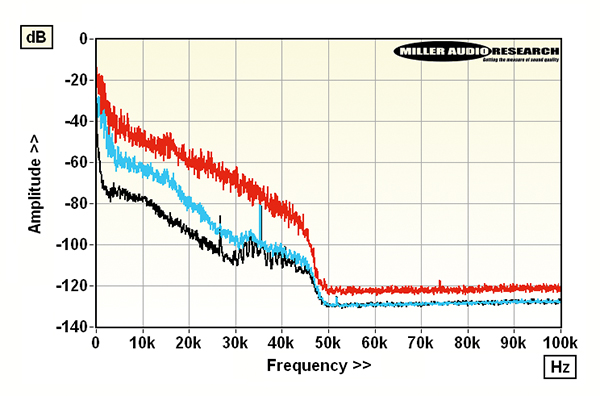
Lab Report
While this 96kHz file has an exceptional dynamic range, it’s unfortunate that trks 1, 3, 5-7 all peak at 0.0dBFs. Intersample overload is likely with some DACs. There are signs of downstream distortion too, and ultrasonic spuriae [black trace]. PM
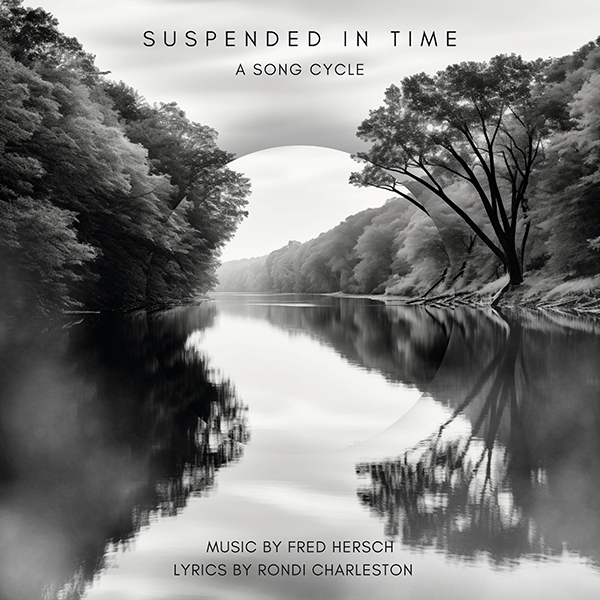
Rondi Charleston/Fred Hersch
Suspended In Time (96kHz/24-bit, WAV)
www.rondicharleston.com; Resilience Music Alliance n/a cat. no.
Five years on from the lockdowns, the Covid pandemic continues to inform new music releases. In this case it’s a journal of poems by singer/writer Charleston, which she sent to her friend and colleague, composer and pianist Fred Hersch, ‘on the chance that he might hear them as songs... and within a few days he had set them to music and the first song came back’. The result is this album, not so much a song-cycle as a series of snapshots, in which the two are joined by guest vocalists, a band and the Crosby String Quartet, as Charleston sings and speaks her way through some seven pieces. Somewhere between showtunes and the classical genre, the music benefits from the clarity of the single-day recording at the Power Station, NYC Berklee – every word is crystalline, while the ambience here is rich and intimate, greatly adding to the impact of the pieces. AE
Sound Quality: 85%
Lab Report
This looks like an analogue recording, then digitised with tracks normalised to a high –0.1dB – potentially troublesome for DACs without digital headroom. Dynamic range is a little below average, and note unexpected peak at 40kHz. PM
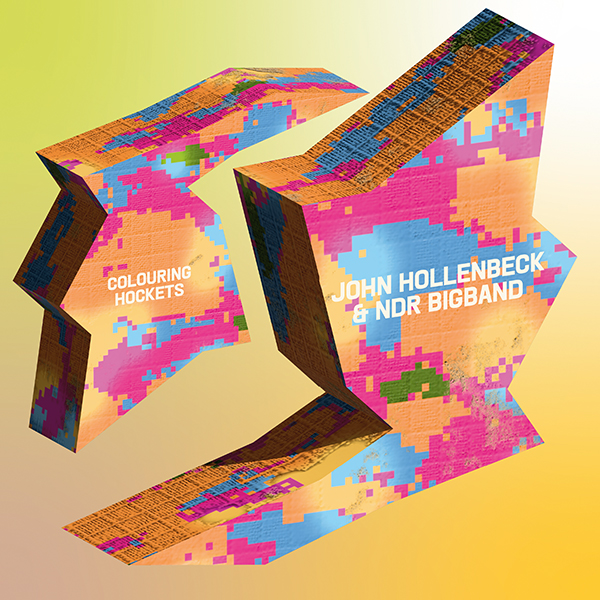
John Hollenbeck/NDR Bigband
Colouring Hockets (48kHz/24-bit, WAV)
www.johnhollenbeck.com; Flexatonic Records n/a cat. no.
Perhaps I’m too conditioned when I hear the term ‘big band’ to expect the joyful, swinging, get-out-of-your-seat blasts of 1930s-1950s outfits of the Glenn Miller/Dorseys/Goodman ilk. Alas, this suffers the same soul-depleting inspiration as fuels too many jazz artists and, frankly, I am tired of post-pandemic misery, the ghastly wars, and all the other stuff that feeds the news cycles. Music is my escape, not my therapist. Which is a shame, because Hollenbeck says this is supposed to provide ‘comfort’ in these parlous times. The 17-musician NDR Bigband is truly impressive, the scale of the recording recalling a handful of big band albums from the audiophile genre’s heyday of the late-1970s, the only thing missing being any sense of joy. That said, especially if you’re miserable by nature, one for sharing with a whole bottle of scotch. KK
Sound Quality: 80%
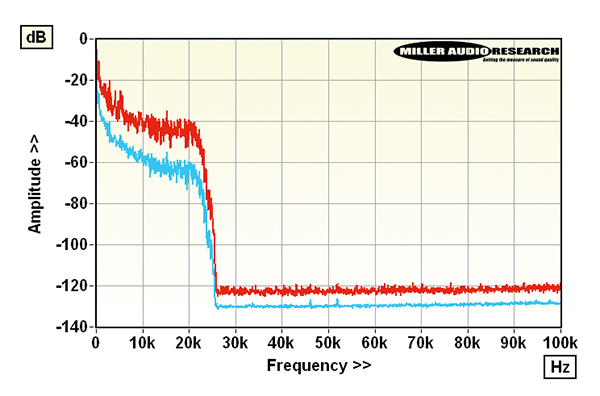
Lab Report
This collaboration of jazz orchestra with percussion quartet finds a host of high-energy instruments packed into a limited ~24kHz bandwidth (why not 96kHz Fs?). Peaks are –1.1dBFs to –1.4dBFs and dynamic range is merely ‘average’. PM

